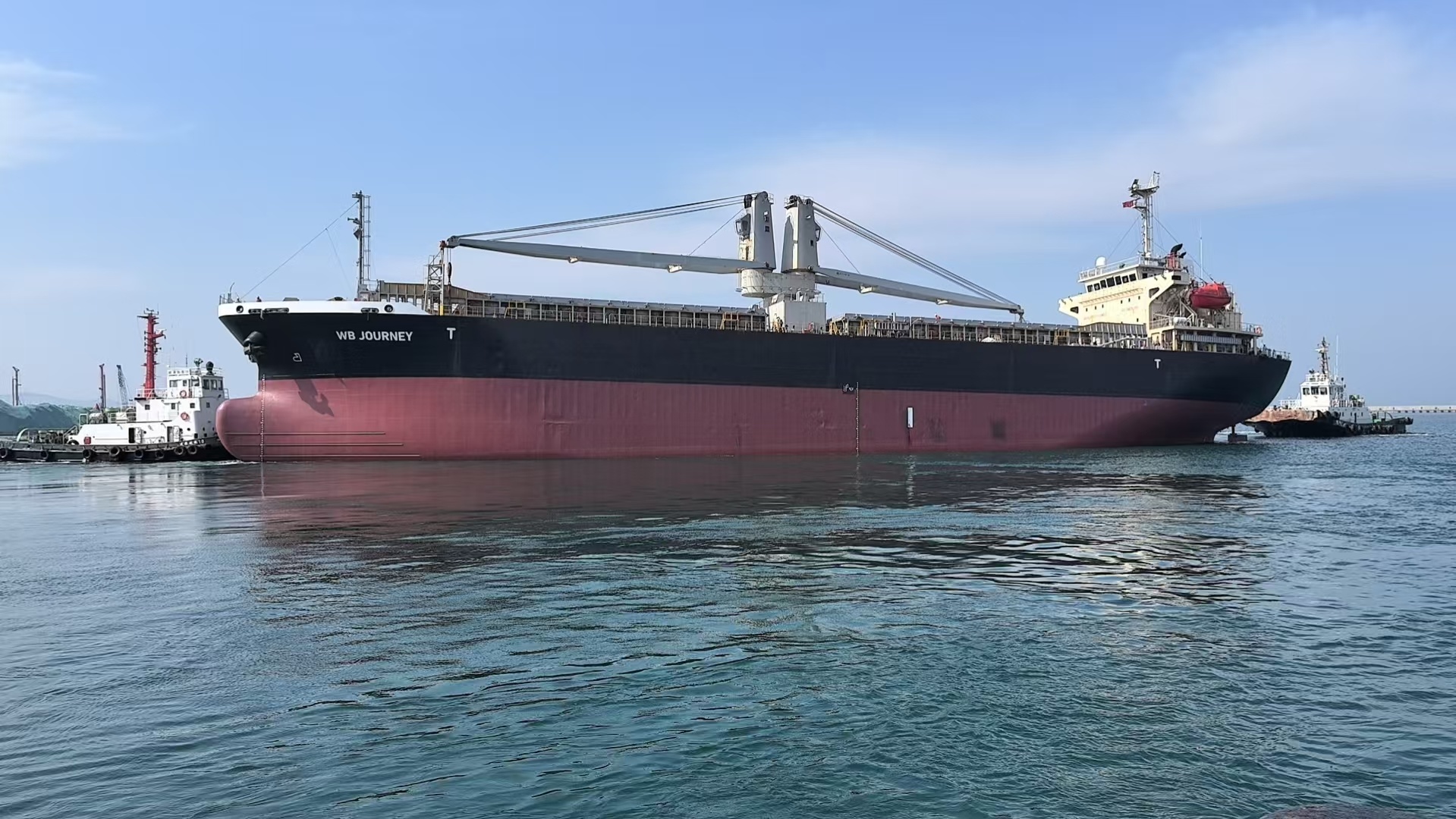The logistics supply chain resumes, and international shipping prices have fallen sharply.
Release time:
06 Jul,2022
Recently, with the recovery of the global logistics supply chain, the previously high sea freight rates have begun to decline, and the freight rates of some popular routes have fallen by more than 50% year-on-year.Insiders in the industry said that the maritime super cycle has ended, and it is expected that the starting price will accelerate in the second half of the year.
Reduction in sea freight rates
The FBX index released by the Baltic Shipping Exchange shows that on June 29, the average FBX container shipping price was US66,583, down 40.9% from the historical high in September last year.Among them, the freight rate of the China/Far East-North America West Coast route fell by 63.1% from the highest freight rate last year; the freight rate of the China/Far East-North America East Coast route fell by 54.6% from the highest freight rate last year; the China/Far East-Nordic route fell by 29.4% from the highest freight rate in history in January this year, and 26.6% from the highest freight rate last year.
The spot price of shipping has fallen sharply, even lower than the price of the Long Association.According to data from Xeneta, a maritime price comparison platform, the current spot freight rate for the Trans-Pacific route to the West of the United States is US77,768/FEU, which is 2.7% lower than the long-term agreement price of US77,981/FEU.
“It is true that some shippers have discussed with shipping companies to modify the prices of the Long Association, but few shipping companies have reduced prices.”The person in charge of a leading domestic shipping company told a reporter from China Securities Journal, “Unless the loading rate drops significantly, we will consider reducing prices and taking more orders."However, the current loading rate is still at a normal level, and the price reduction is illogical.The Christmas stocking period will begin in the third quarter, and capacity will be tight again.”
Freight rates have fallen, and some shipping companies have begun to cancel voyages to reduce losses.The latest data released by Drury, a shipping consulting agency, on July 1st showed that in the next five weeks (weeks 27-31), the world's three major shipping alliances cancelled a total of 61 voyages.Among them, the most cancelled voyages were the 2M Alliance and THE Alliance, with 23 voyages respectively; the Ocean Alliance cancelled 15 voyages.
Among them, out of a total of 760 scheduled voyages on major routes such as Trans-Pacific, trans-Atlantic, Asia-Northern Europe and Asia-Mediterranean, 86 voyages were cancelled between the 27th and 31st weeks, with a cancellation rate of 11%.
Drury expects that spot freight rates will not plummet and collapse, because airlines will tighten and adjust effective supply to reduce fluctuations in spot freight.In the next year, shipping companies will have to solve the problem that spot tariffs, which are currently weak, are lower than contract tariffs.
Reduced freight demand
The decline in freight demand and the restoration of smooth logistics are the main reasons for the reduction in sea freight rates.
“Last year, the epidemic had a serious impact. There have been many overseas rushes to buy supplies, and major retail supermarkets have also stepped up their stock, resulting in a backlog of inventory.New orders this year have fallen by an average of 30%-60%."Chen He, sales manager of a foreign trade company in Nanjing, said.
Data show that as of May 8, the inventory of Costco in U.S. retail supermarkets reached 17.623 billion U.S. dollars, an increase of 26% year-on-year. As many as hundreds of millions of U.S. dollars of goods were in stock during the peak consumer season last year.In addition, Macy's inventory increased by 17% compared to last year, and the inventory of Wal-Mart logistics centers increased by 32%.
“Usually U.S. shippers stock up in July-August. Due to the previous increase in freight rates and uncertainties such as the epidemic, many shippers have advanced the stock time to May, which has also led to the recent decline in freight demand."Ningbo shipping cargo agent Feng Jin told reporters from China Securities Journal.
In addition, the logistics supply chain is gradually returning to smooth flow.“Previously, due to the epidemic, the workers stopped work, and the cargo at the terminal was piled up like a mountain, and the containers could not come back.However, the situation has improved significantly recently, and the logistics turnover speed has been significantly accelerated. Previously, it was necessary to book a position 1-2 months in advance, and it has been possible to book a position one week in advance since June."Feng Jin said.
Insiders in the industry believe that the maritime super cycle has ended, and freight rates are expected to accelerate in the second half of the year. Global container transportation demand will fall from an increase of 7% in 2021 to 4% and 3% in 2022 and 2023.



